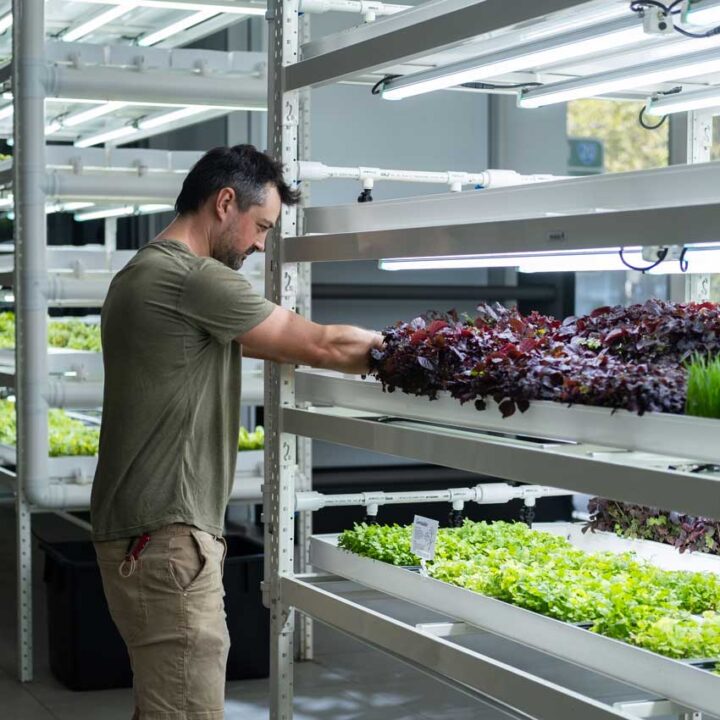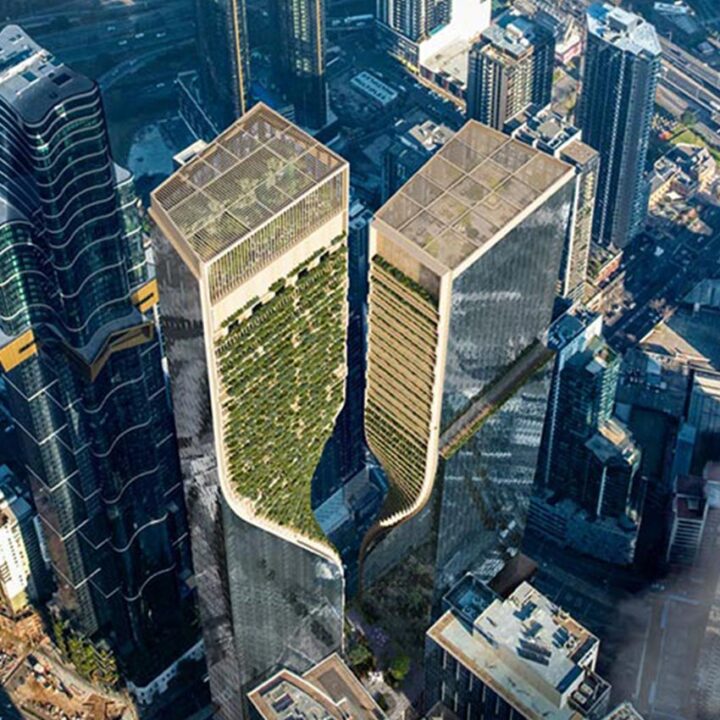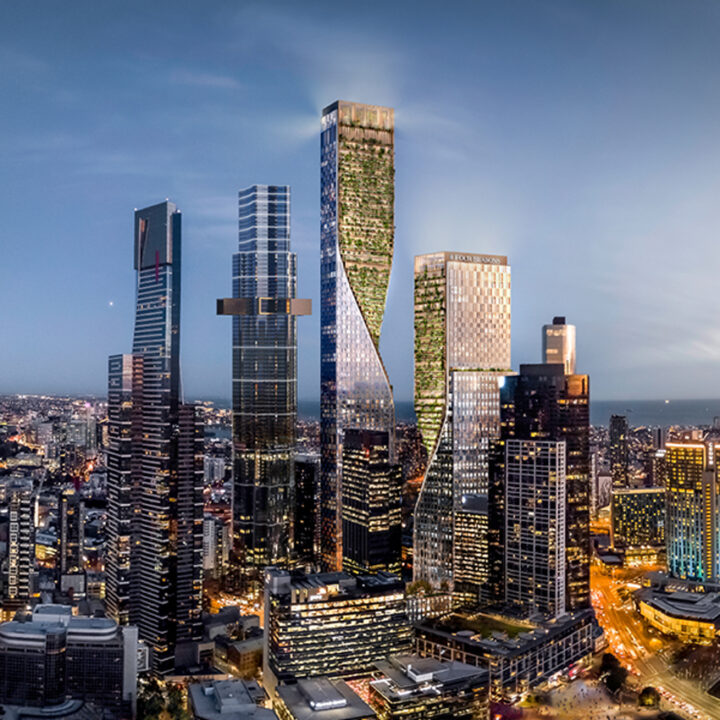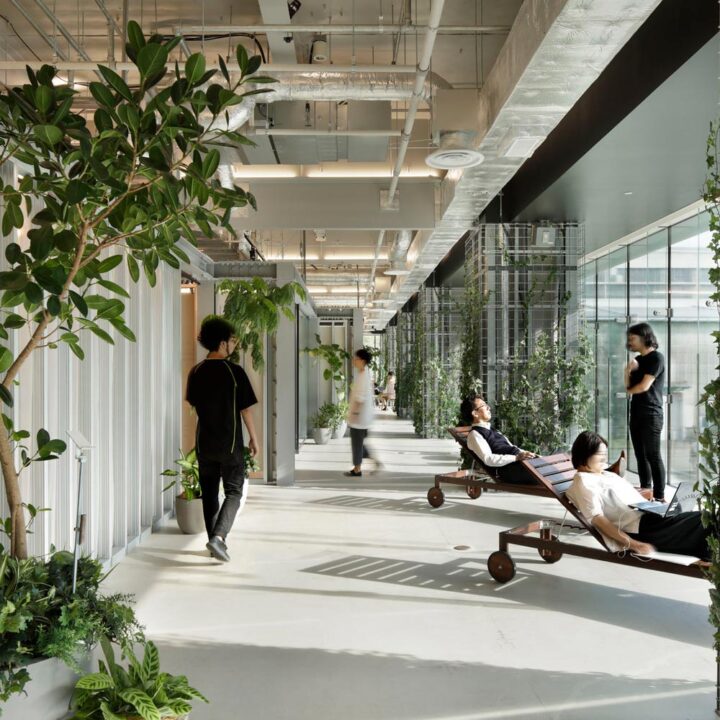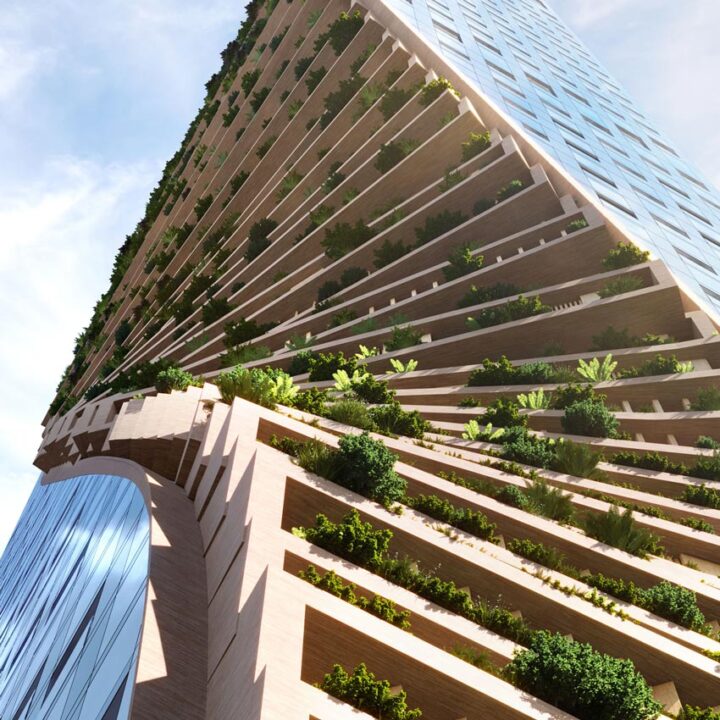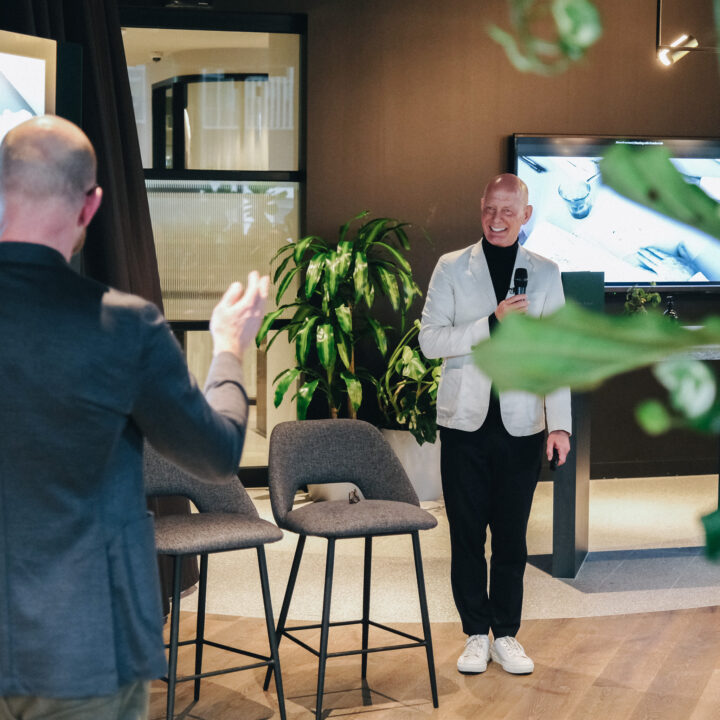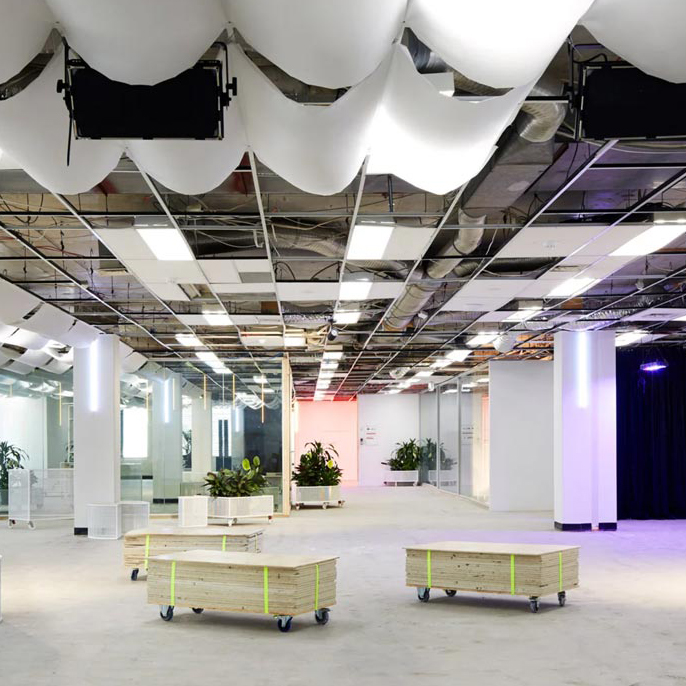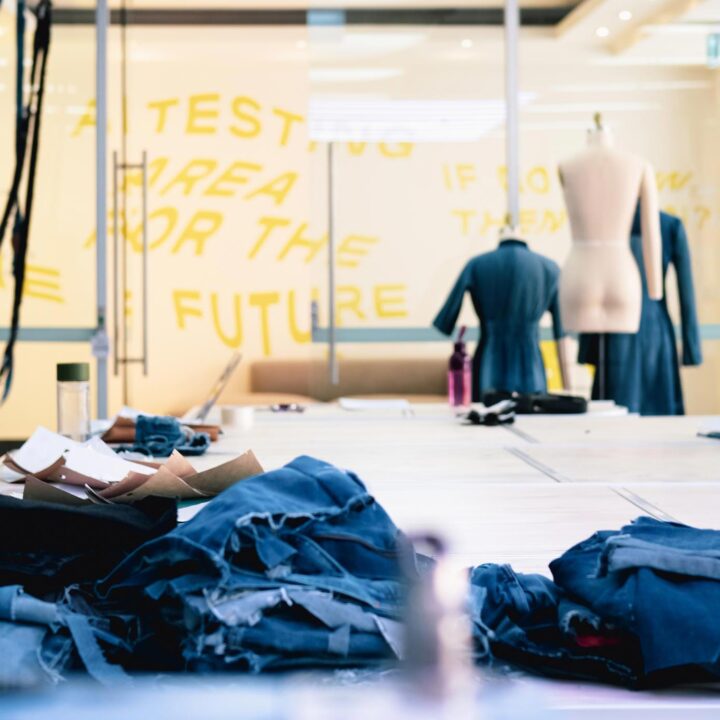Southbank by Beulah Project Prologue
As the population grows and lifestyles change and evolve, so too does the need for considered development that is designed for current and future generations. Beyond Melbourne, cities are beginning to display positive efforts of future-proofing by utilising big data and employing smart interventions. Architects, designers and engineers play an ever-important role in being able to shape communities and optimise lifestyles. Contextualised, these solutions tend to be climatically and culturally specific, adding layers onto the richness of a city’s past.




